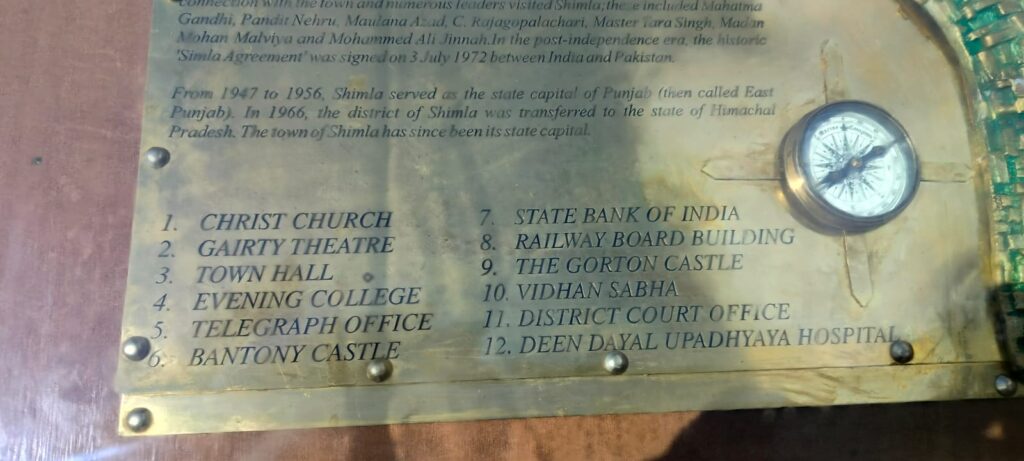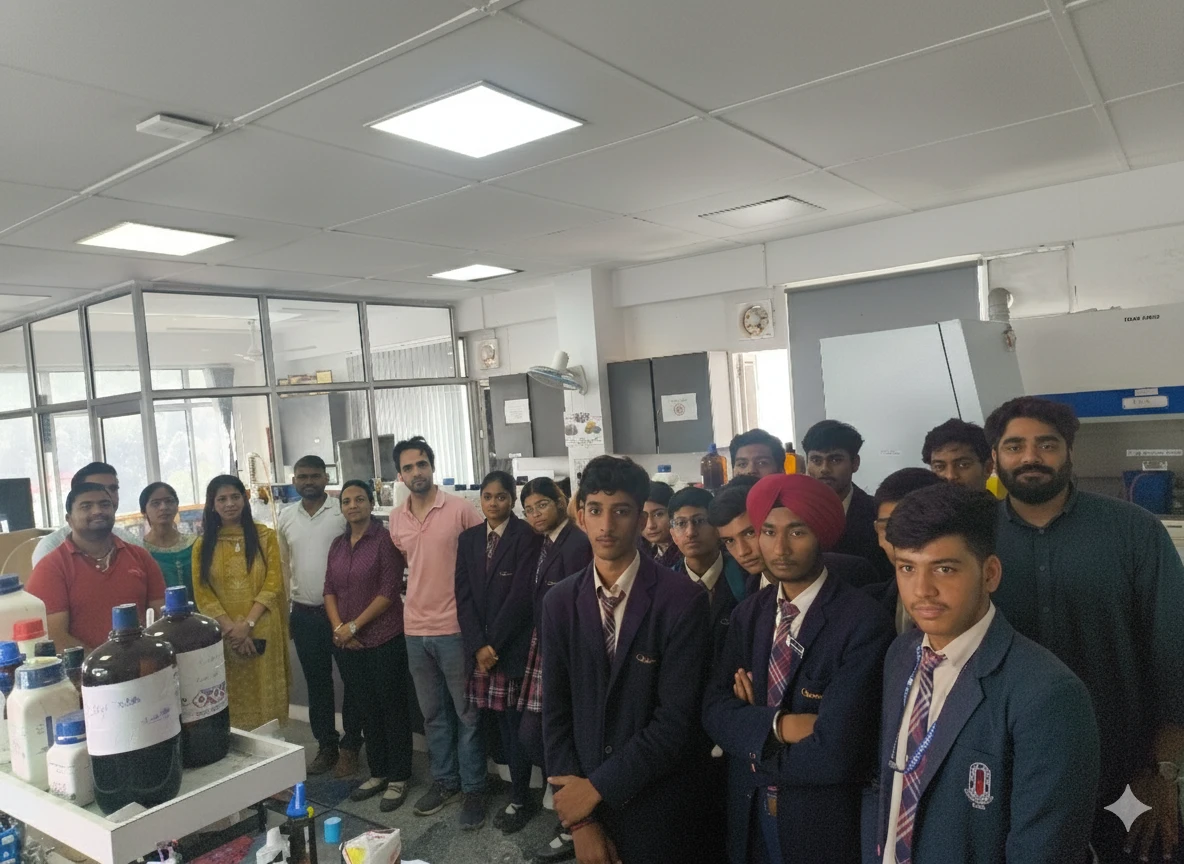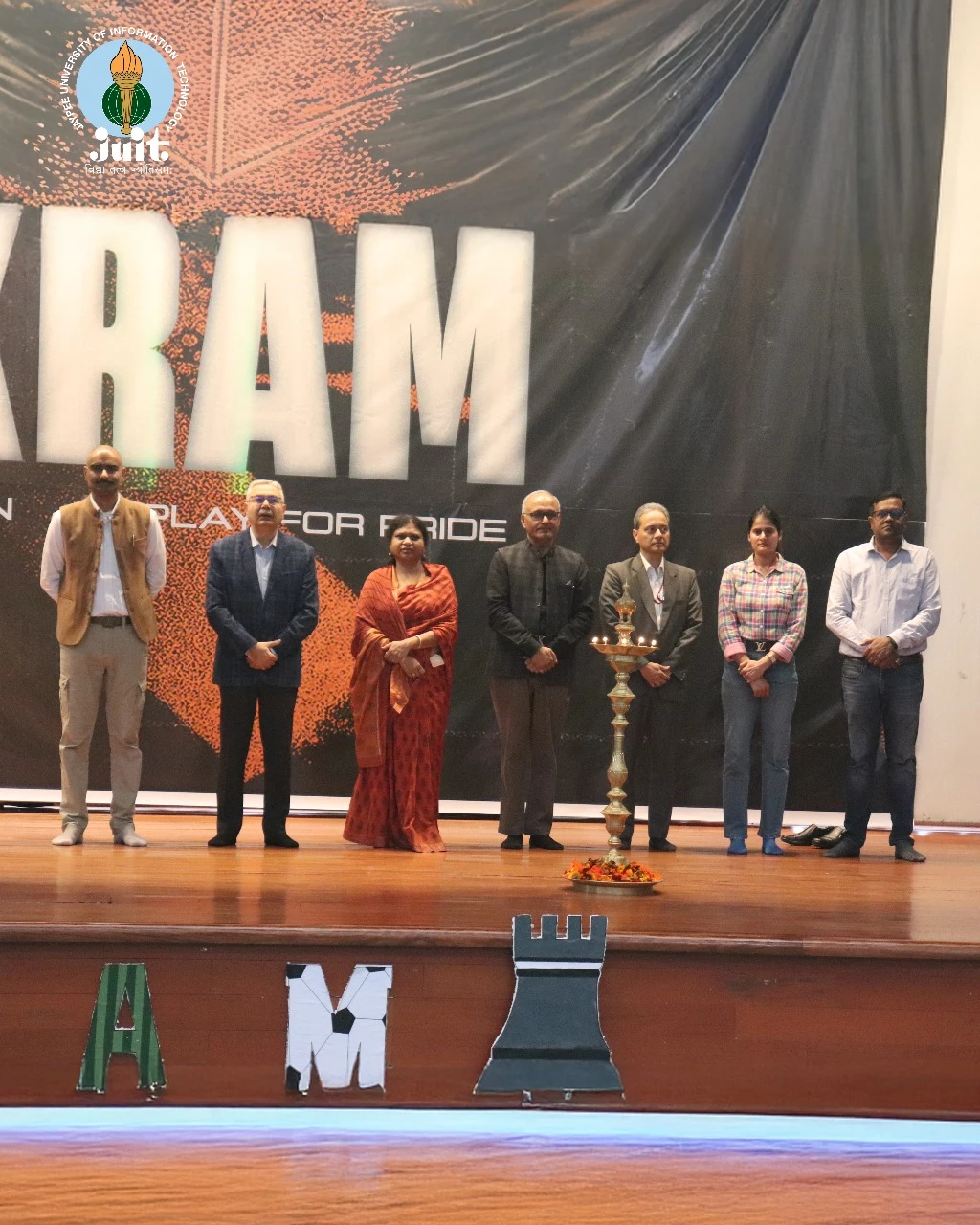Lost in Translation: Silent Struggle of Shimla’s Renamed Heritage
2 min read
Shimla, Feb 27 Ritanjali Hastir
Shimla, the enchanting hill station, resonates with whispers of its glorious past, and its architectural gems, like the Ripon Hospital, echo tales of a bygone era. Yet, the recent alteration, renaming it as Deen Dayal Upadhyaya Hospital, leaves an unsettling void, especially as the public map near Clark’s Hotel proudly displays only the new name.
Shimla’s public map near Clark’s Hotel, displaying only the new name, raises concerns about the erasure of the original identity, leaving the iconic Ripon Hospital, now Deen Dayal Upadhyaya Hospital, feeling silenced as a witness to its own history. The young generations, eager to connect with their heritage, are left in the dark as the structure and name undergo transformations.
Constructed in 1885 by architect Henry Irwin, this marvel served both European and Indian patients, a vision realized by A.O. Hume and Sir Benjamin Franklin, resonating with the spirit of Lord Ripon, who laid its foundation stone in 1882. Lady Ripon’s initiative, with Lord Ripon as the Father of Local Self-Government, contributed to the hospital’s inception, bringing pivotal reforms like self-governance and press freedom.
The recent renaming to Deen Dayal Upadhyaya Hospital sparks a crucial dialogue on preserving historical nomenclature. The public map near Clark’s Hotel, featuring only the new names, questions whether this shift attempts to rewrite history or disconnect the present from Shimla’s rich historic legacy.
Why the sudden fascination with new names?
In the heart of Shimla, beyond its picturesque facade, lies a living museum of stories waiting to be explored by generations seeking their roots. As the city evolves, finding a balance between progress and preserving the essence of the past becomes imperative.
Reflecting on the significance of heritage, we urge authorities to reconsider and honour the legacy of Ripon Hospital. The journey through time should be a bridge connecting the past, the present, and the future, ensuring that the rich tapestry of Shimla’s history is not lost in the haste of modernity.







